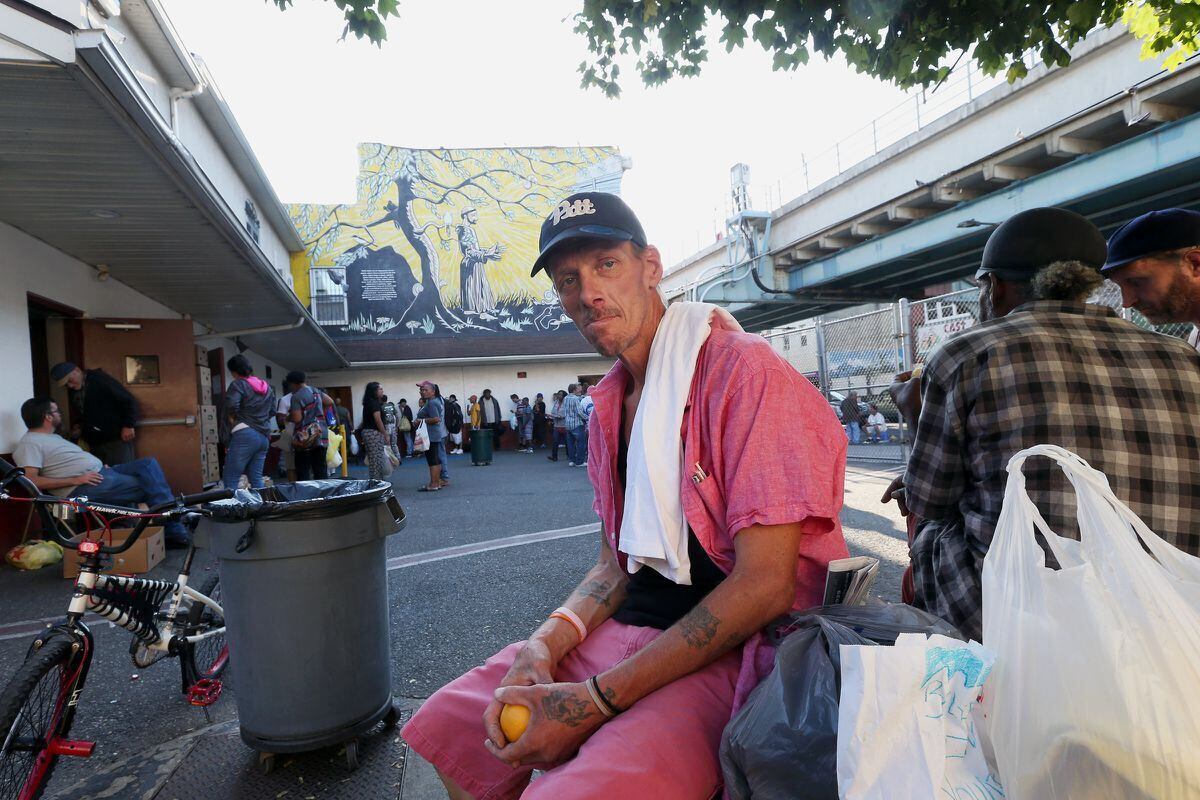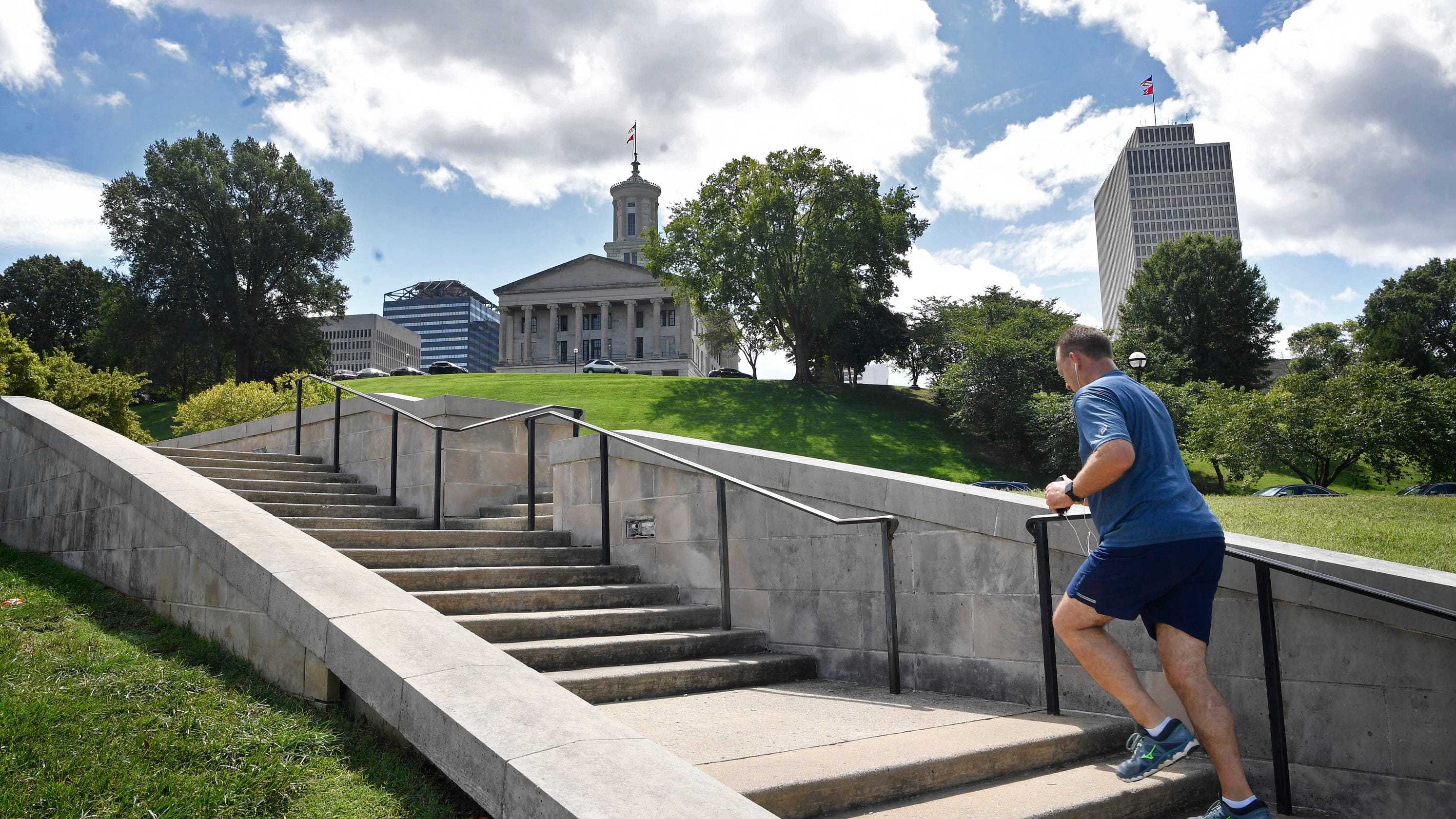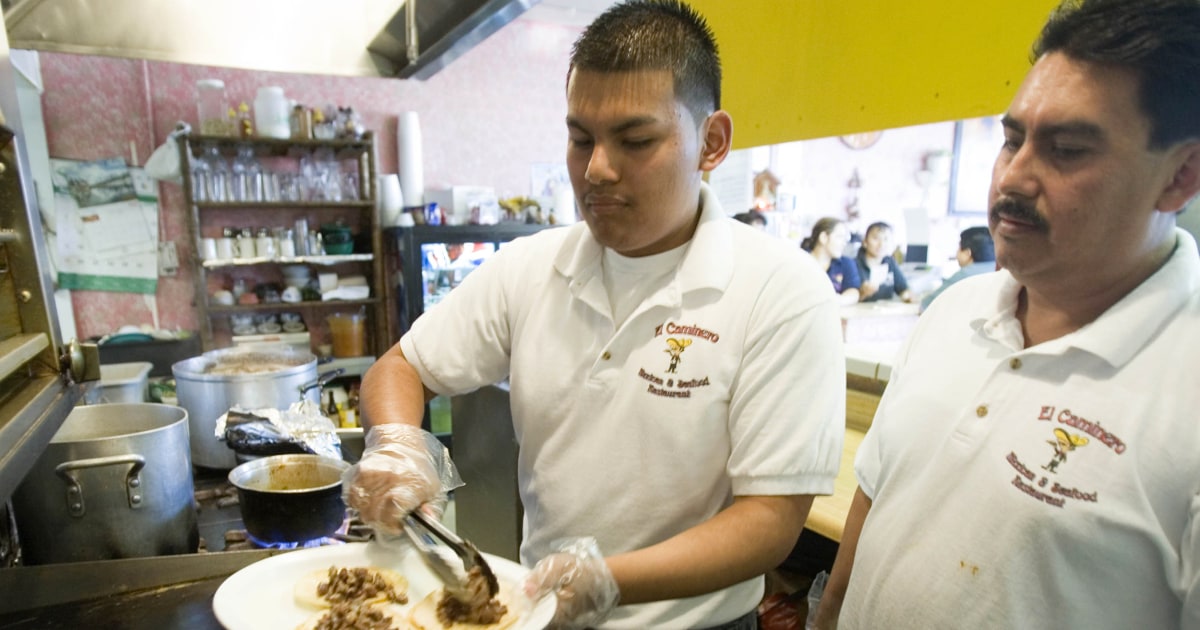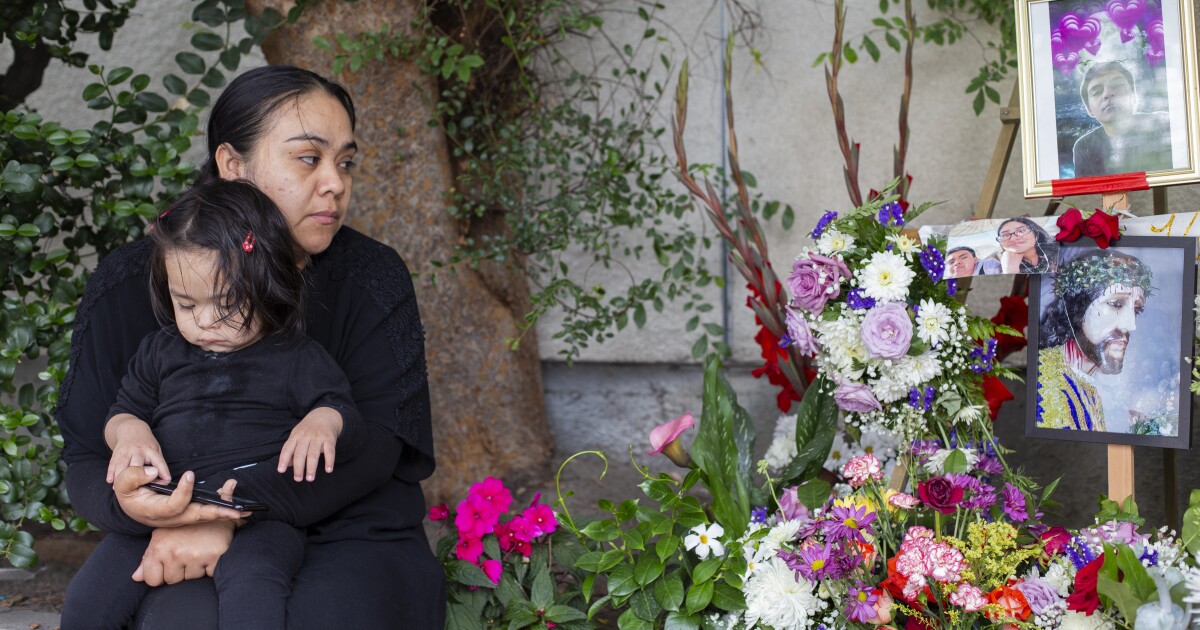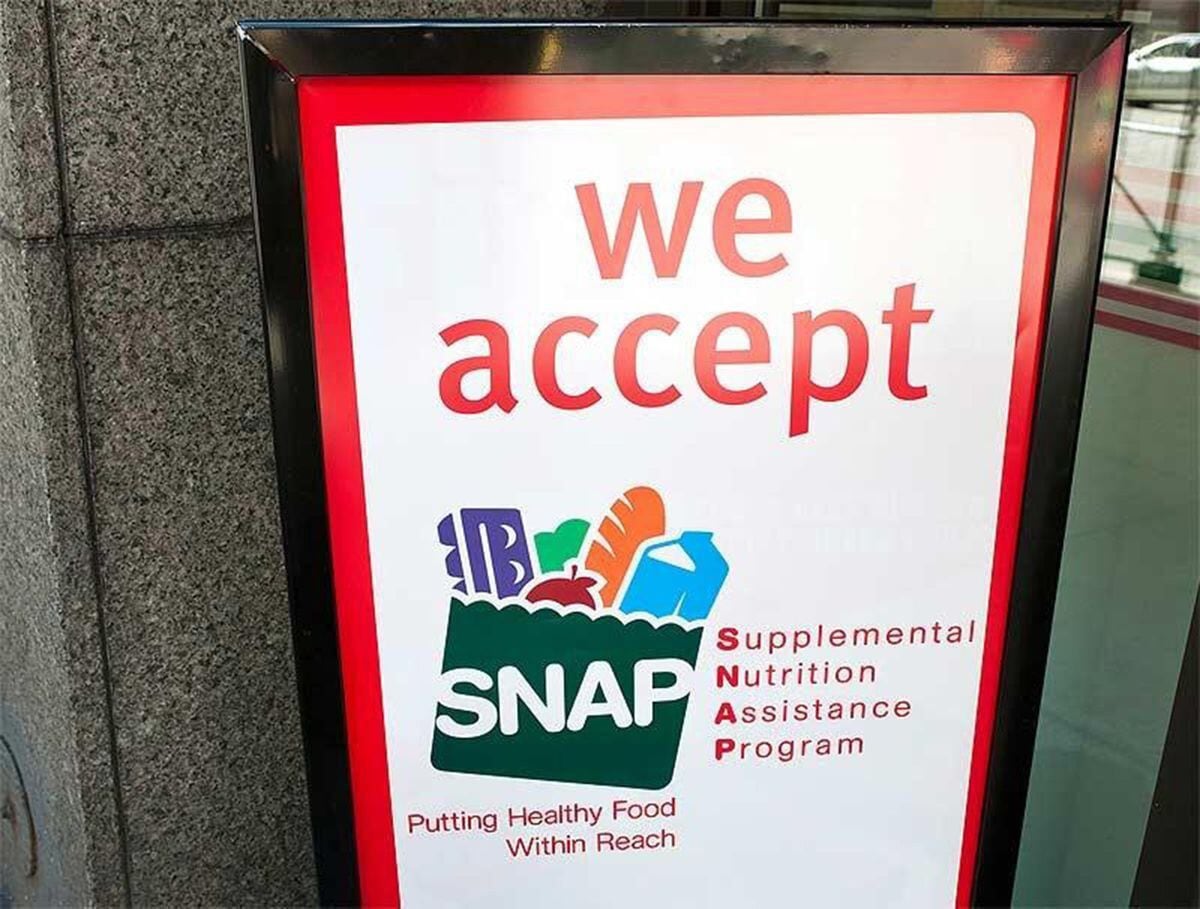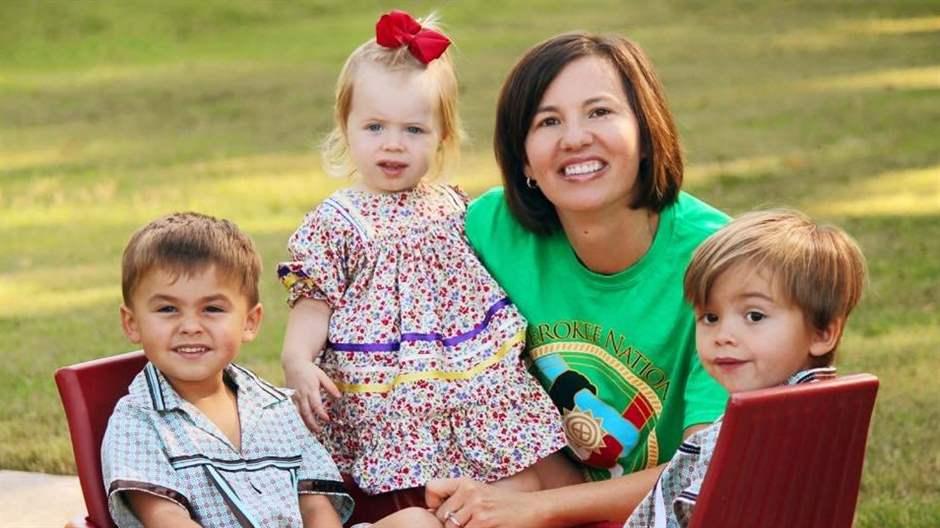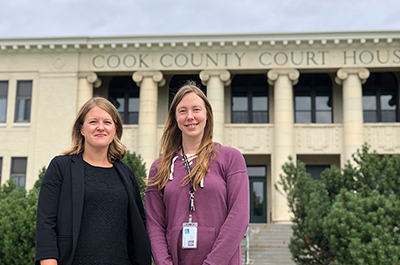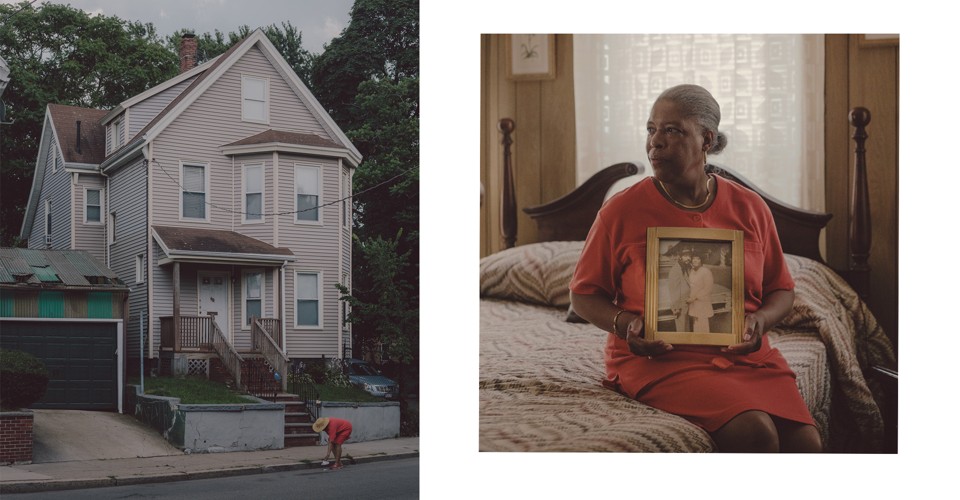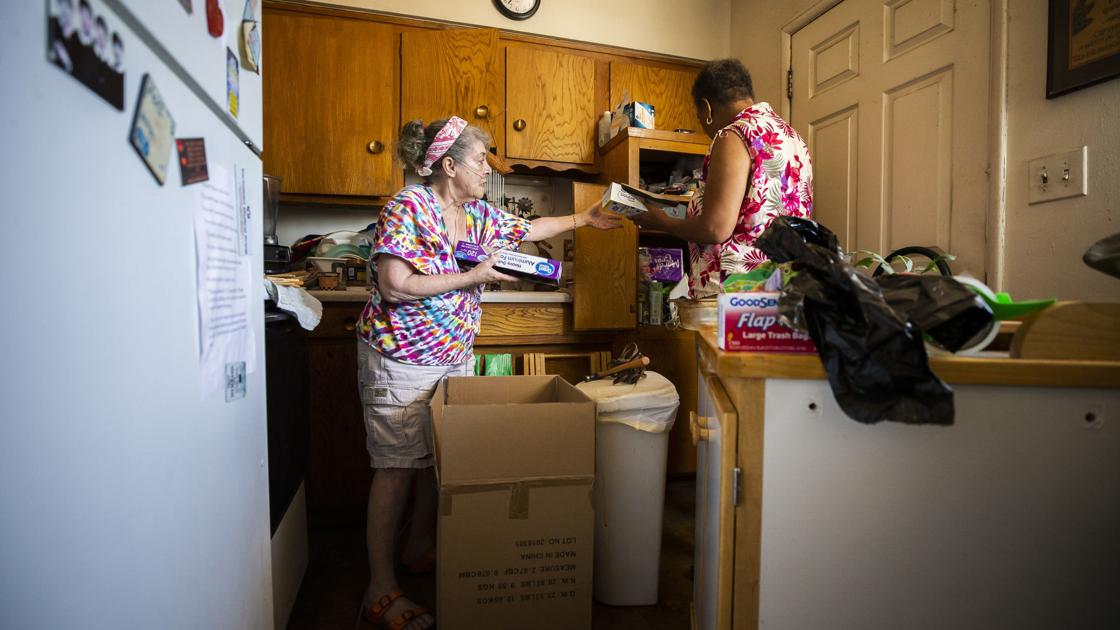The gap between the richest and the poorest U.S. households is now the largest it’s been in the past 50 years, the U.S. Census Bureau says.
Almost a third of Syracuse’s population lives in poverty, U.S. Census data shows.
While both the national and Texas poverty rates fell, the individual poverty rate in the Houston metro region ticked up in 2018, with one in seven individuals falling below the poverty line.
A third of Cleveland’s residents live in poverty, and the child poverty rate tops 50%. Countywide, about 215,000 people are in poverty, about 92,000 in the suburbs.
Economists, city officials, and some advocates were gratified to see some positive fluctuation in poverty, as well as in income.
Forty affordable housing complexes are in an innovative federal program.
Delays could prompt layoffs and cuts to services.
A long-awaited update to federal overtime rules means about 1.3 million workers will be entitled to extra pay when they work more than 40 hours a week. But critics say it doesn’t go far enough.
The plan is intended to cut eligibility among families considered less needy.
A new report has concluded that enforcement of the Safe Drinking Water Act is lacking in poor communities, placing public health at risk.





